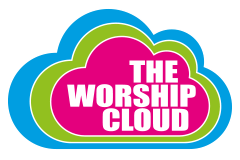5 Revelation and Scripture
Taken from THE LATER NEW TESTAMENT WRITERS AND SCRIPTURE
Description
Revelation and Scripture
The book of Revelation is like no other book in the New Testament. It begins like a letter
(‘John to the seven churches that are in Asia: Grace to you and peace’ – 1.4), and ends like
a letter (‘The grace of the Lord Jesus be with all the saints. Amen’ – 22.21) but instead of the
usual body of a letter, it consists almost entirely of visions and oracles. The closest parallel in
the New Testament is the eschatological discourse of Jesus (Matthew 24/Mark 13/Luke 21),
which predicts the coming of false prophets, a time of persecution and an apocalyptic
calamity (‘But in those days, after that suffering, the sun will be darkened, and the moon will
not give its light, and the stars will be falling from heaven’ – Mark 13.24 –25). Paul briefly
tells the Thessalonians that ‘the Lord himself, with a cry of command, with the archangel’s
call and with the sound of God’s trumpet, will descend from heaven’ (1 Thess. 4.16) and in
his second letter, he adds that before this happens, a ‘lawless one’ will arise, who ‘opposes
and exalts himself above every so-called god or object of worship, so that he takes his seat
in the temple of God, declaring himself to be God’ (2 Thess. 2.3 – 4).1 With the exception of
the seven messages to the churches in Revelation 2—3, almost all of Revelation consists of
apocalyptic material like this…
Taken from THE LATER NEW TESTAMENT WRITERS AND SCRIPTURE by Steve Moyise

